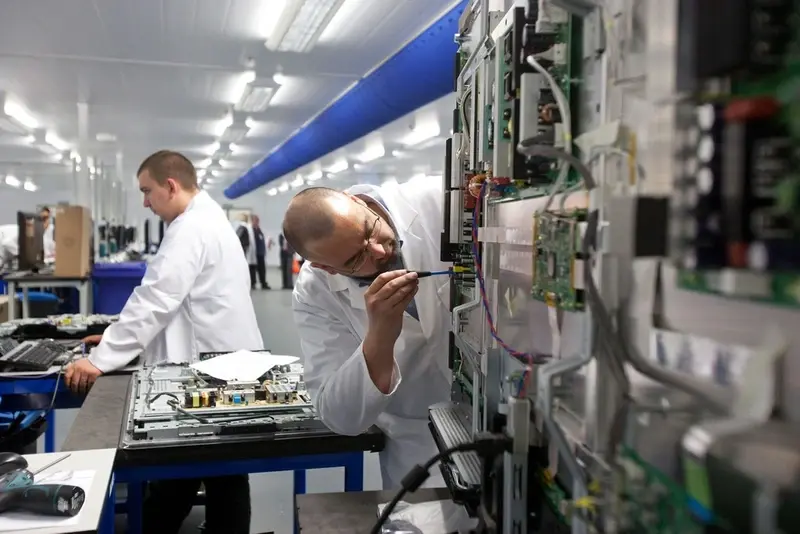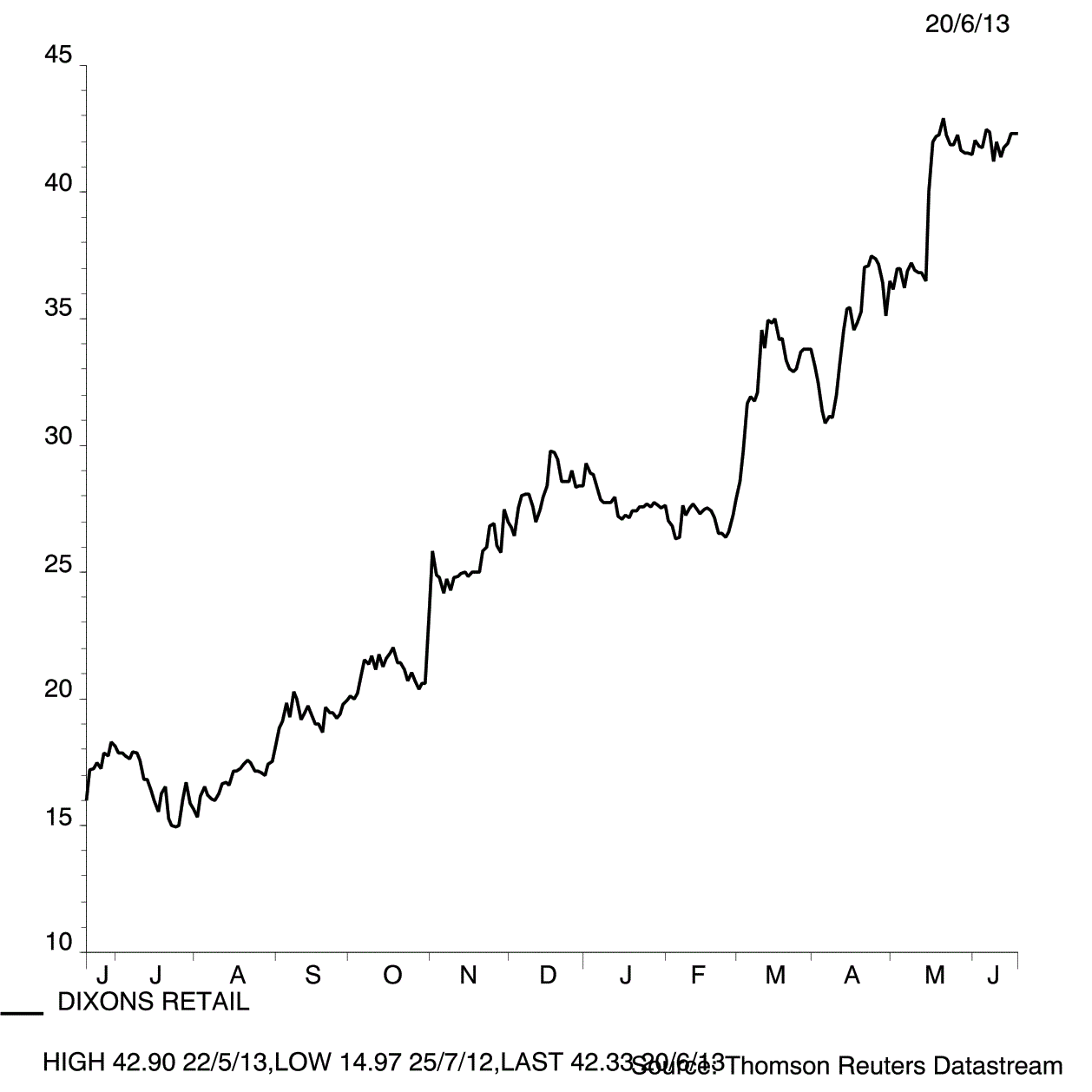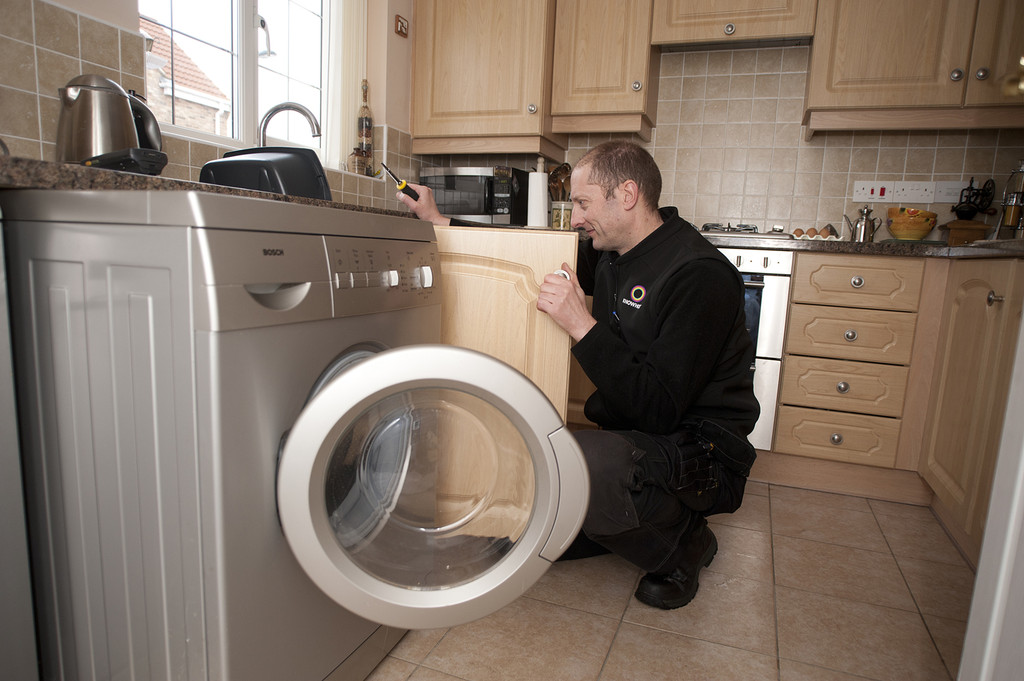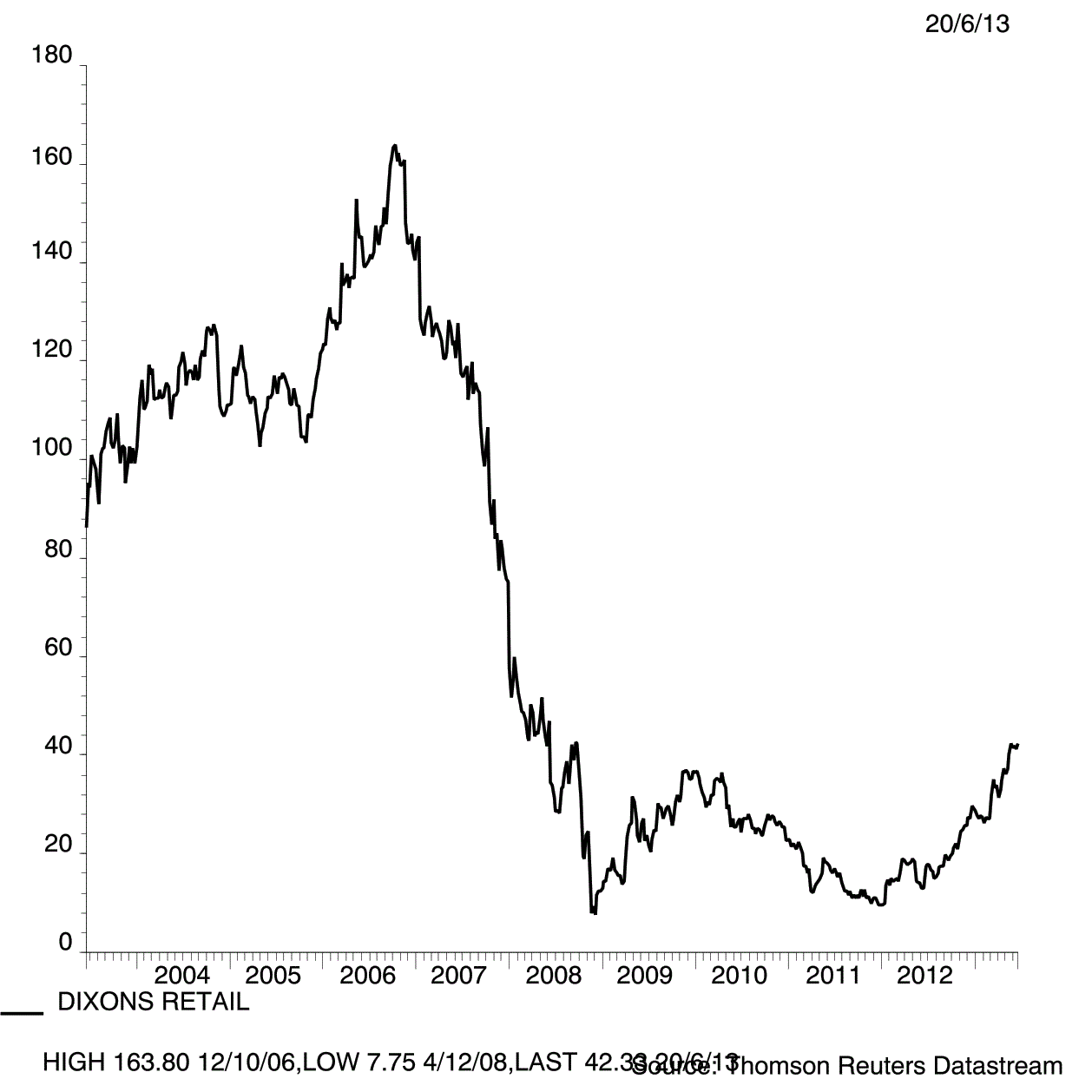
Electrical goods specialist Dixons Retail (DXNS) has smashed profit expectations with its financial results to 30 April. A month ago, analysts were looking for £75 million to £85 million underlying pre-tax profit. Today it unveils a stonking £94.5 million outcome, helping to push up the shares by 2.2% to 43.27p in a falling market.
The UK and Ireland operations are enjoying a massive resurgence in trade, including a 13% rise in like-for-like sales in the fourth quarter. This is helping to offset a poor performance in its French e-commerce business PIXmania.
Adding to the stock's attraction is very strong cash generation. Dixons ended the financial year with £42.1 million net cash versus £104 million net debt at the start of the 12-month period.
All these positive attributes underpin our running Plays of the Week trade on Dixons Retail. Key to our stock selection was a notable improvement in customer services, previously one of the company's weakest points. It is therefore interesting to note ongoing 'heavy' investment in staff training.
The group has returned to growth. It has reduced costs by £45 million, reaching the halfway point for its two-year, £90 million cost reduction programme. And Dixons is getting a tighter control on stocks.
The 'KNOWHOW' service proposition is doing well in the UK and a pilot in Northern Europe has beaten expectations.
There's clearly momentum in the business but there's still further to go. A resumption of the dividend is not yet on the cards, but such an event would certainly be positive for the share price. Market forecasts imply £250 million net cash by 2015. That would help repay a bond, pay costs associated with existing the loss-making operations and potentially have funds left over to give back to shareholders. Espirito Santo speculates it could have a £50 million to £60 million pot of cash remaining for dividends at this point, implying a 4% yield.
Further progress is required before we can start to think about a dividend. Losses at PIXmania are rising and Southern Europe remains a troubled region. Resolving both these issues would also be positive for market sentiment, so would lower financing costs.
One could argue that Dixons' recovery is still in its infancy. The chart certainly illustrates how it still lags the lofty heights of 2006.
Espirito Santo in May reckoned that pre-tax profit could double over the next two years as the company gains more market share, fixes its loss-making operations and starts to share best practices across the group.








